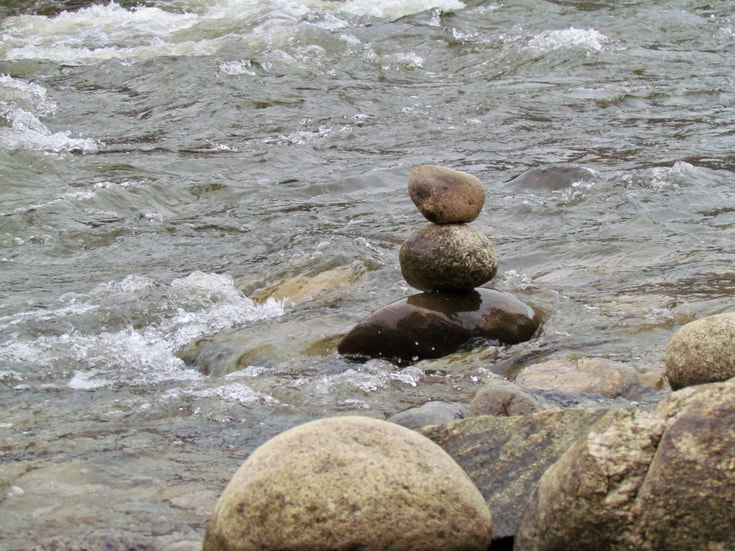|
The following are notes based on a talk given by my teacher, Dr. Arnaud Versluys, Founder and Managing Director of the Institute of Classics in East Asian Medicine. The topics covered here are often brought up when discussing the rich history and fundamental principles of Chinese Medicine with patients and Western medicine colleagues. Each point below can be understood on its own, as they are taken out of a larger discussion for the sake of simplicity here.
0 Comments
|
This page is intended to serve as a source for links to blogs and articles about acupuncture and Chinese herbal medicine that both new and returning patients may find informative and/or entertaining. It is also where I will share information about the history, principles, and benefits of this awesome medicine. Archives
May 2023
|


 RSS Feed
RSS Feed